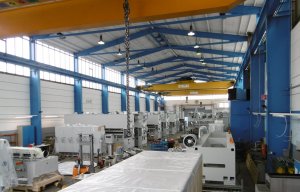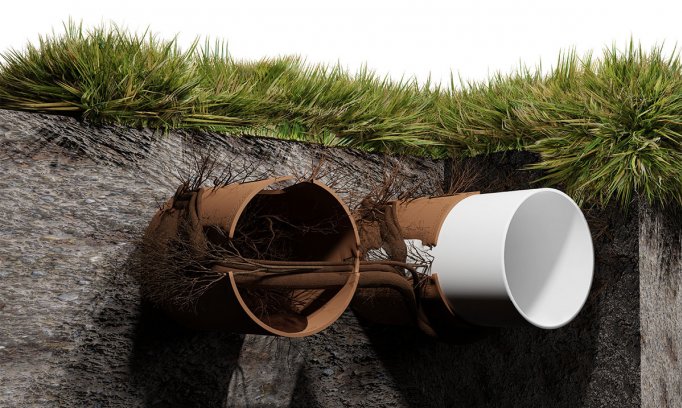
Needlepunch lines for Bangladesh
The CIPP process completely eliminates the need to dig or drill underground.

19th March 2024
Innovation in Textiles
|
Hamburg, Germany
In the latest edition of the INDEX Newsletter promoting the leading nonwovens exhibition which next takes place in Geneva, Switzerland, from May 19-26 2026, one of the most well hidden and little known applications for advanced engineered fabrics is highlighted.
Cured-In-Place-Pipe (CIPP) is now a mature and well-proven technology for cost-effectively repairing damaged and failing underground pipework, in order to avoid having to replace it. The process repairs leaking, cracked and broken pipes through an advanced internal insertion method that completely eliminates the need to dig or drill underground.
CIPP liners are resin-impregnated needlepunched or sometimes stitchbonded tubular nonwovens with impenetrable polyurethane exterior coatings.
The installation involves shooting the flexible liner into a host pipe so the resin-soaked nonwoven adheres to it, resulting in a ‘pipe within a pipe’ that is manufactured to perfectly conform to the existing diameter.
A UV or heat-curing process is then employed to seal the nonwoven to the compromised pipe lining, to create a durable, leak-proof inner tube.
Because of the simple installation method, CIPP solutions provide complete repair, no matter the project complexities or challenges, and keep the pipe fully operational for an average of 50 extra years.
In a recent project in Hamburg, Germany, the rehabilitation of a sewage pipe stretching over 1.1 km along the River Elbe was successfully carried out using just eight sections of these tubular nonwovens.
Some of the biggest names in the nonwovens industry are heavily involved in the supply of invisible but indispensable performance products for building and construction, as will be demonstrated at INDEX 26 in Geneva.

Business intelligence for the fibre, textiles and apparel industries: technologies, innovations, markets, investments, trade policy, sourcing, strategy...
Find out more